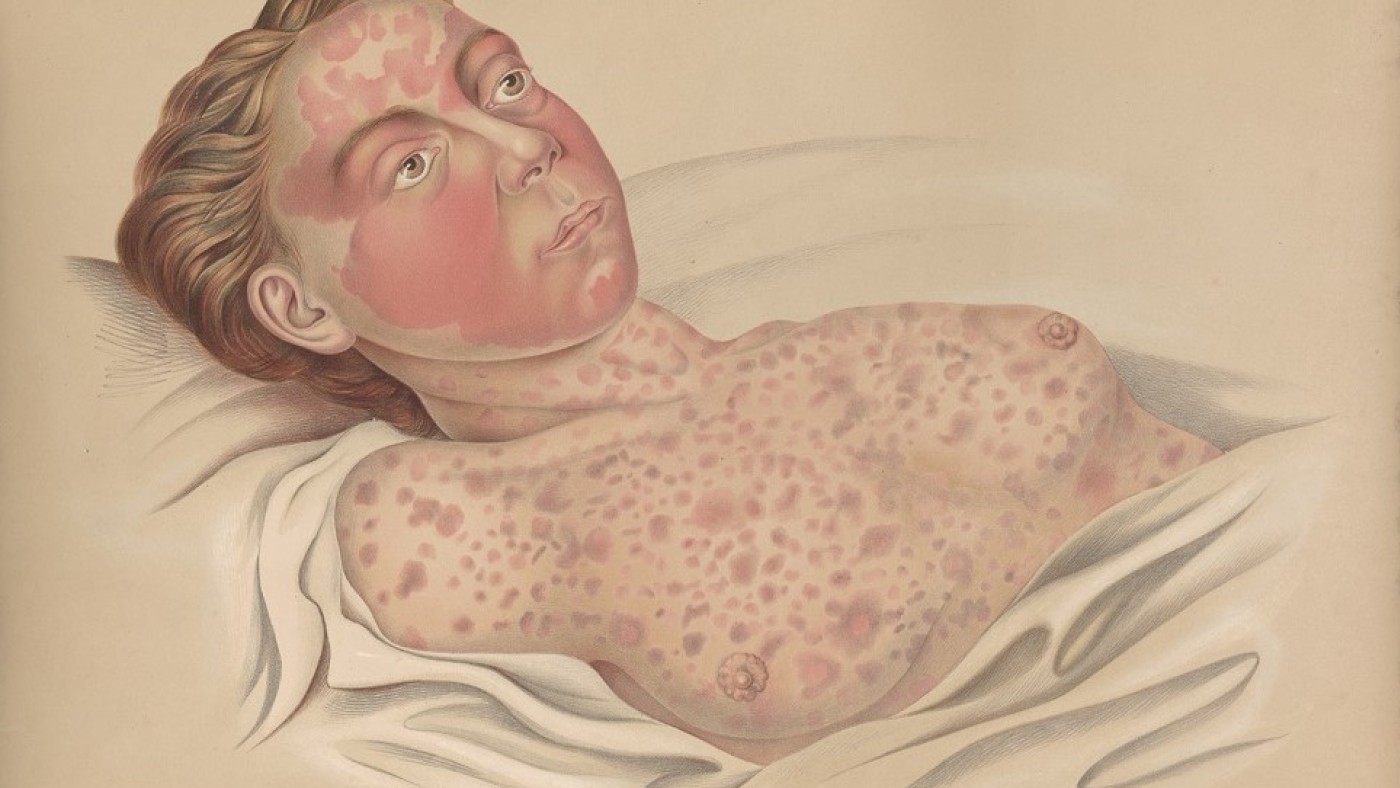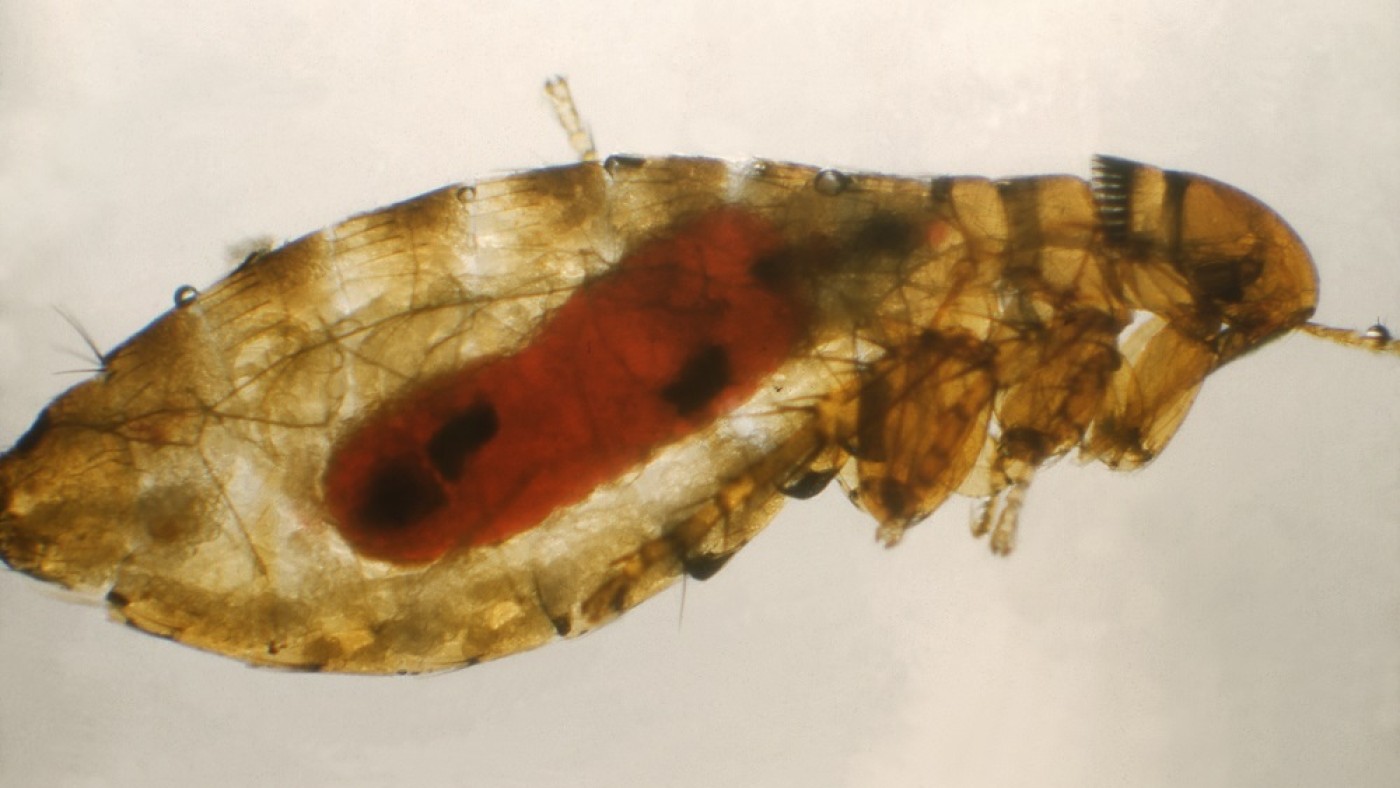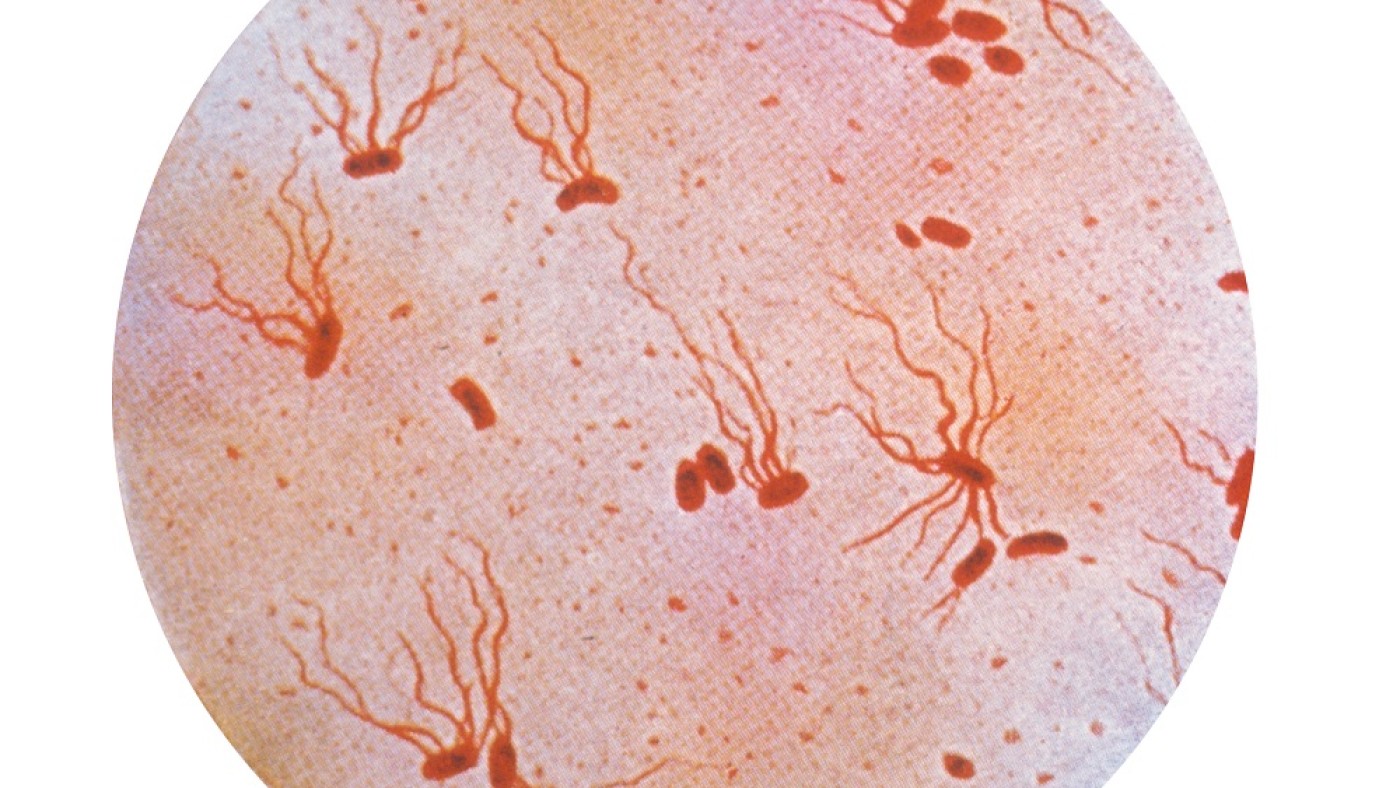Pathways of Pathogenes
The special exhibition Pathways of Pathogenes at the Narrenturm sheds
light on the various causes of a pandemic as well as historical and present-day ways of spreading diseases. Selected diseases
are presented in detail, from how carriers become infected to typical symptoms, treatment methods, and prevention.
In the past most diseases were spread around the world sooner or later by the crews of trade ships or soldiers heading out
to war. Today it is mainly air travel that moves pathogens such as bacteria, viruses, etc. from one end of the world to the
other in a very short time. The term pandemic comes from the Ancient Greek word ‘pandemia’, meaning ‘all the people’. It therefore
refers to infectious diseases which affect the majority of a population.
Pandemics are caused by pathogens that
have never previously been present in the human population or have not been present for a very long time. As such, our immune
systems are not prepared to deal with them. People therefore do not have the protection that they need in order to avoid becoming
ill.
Pandemics both past and present have always been a source of great fear. The COVID-19 pandemic has highlighted
weaknesses and vulnerabilities in the healthcare system, society, and economy when it comes to dealing with global crises.
Medical progress makes it possible in theory to eradicate various diseases or contain them to such an extent that they no
longer pose a major threat. If we are to be better prepared for the next crisis, there are many health-related, economic,
legal, ethical, and political issues which must be addressed.




